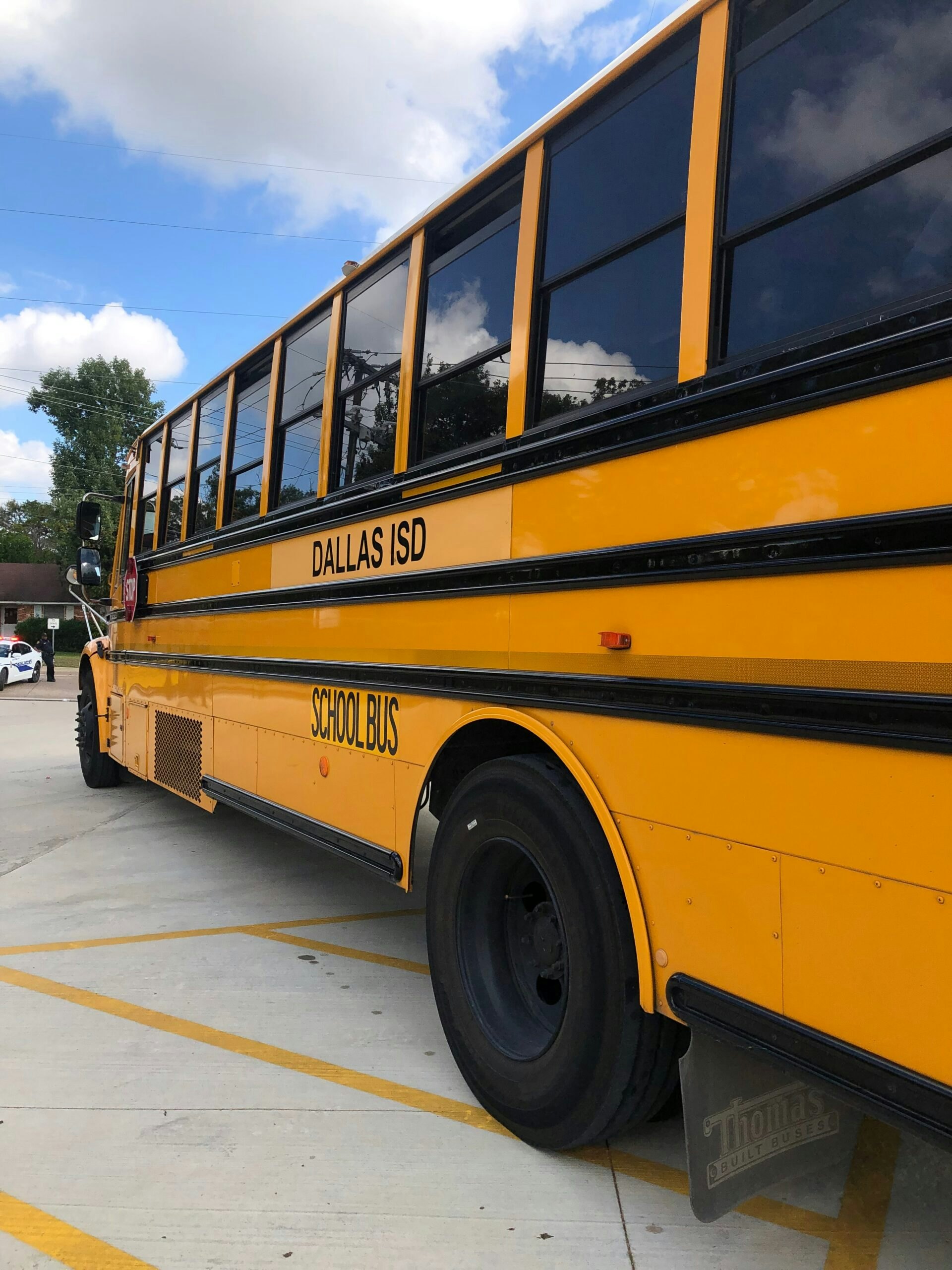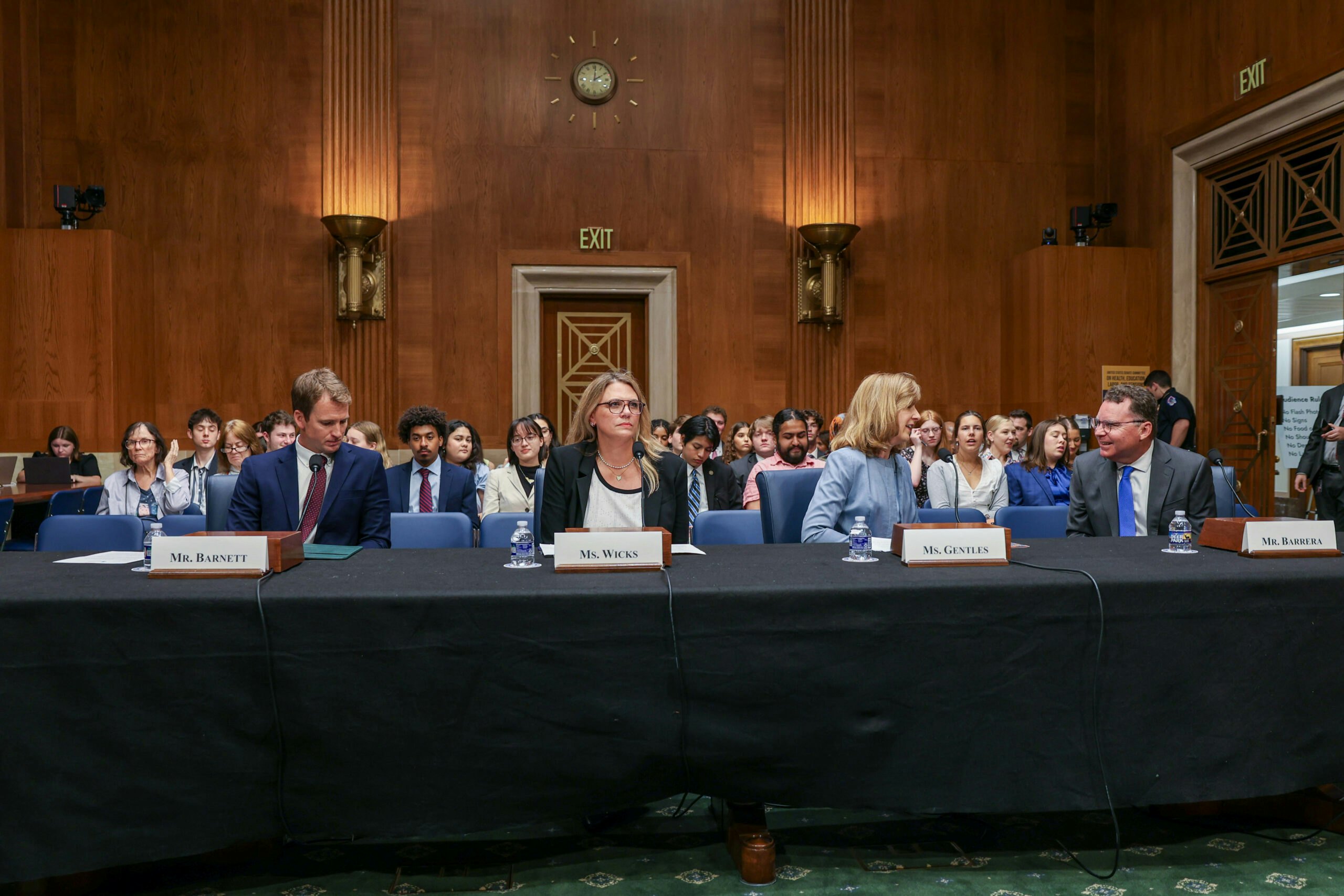At this summer's convening, the School Leadership Initiative team tackled communication and how to be more effective communicators.
This summer the George W. Bush Institute’s School Leadership Initiative team convened the four participating school districts in their three-year project, Chesterfield County Public Schools, Fort Worth ISD, Austin ISD, and Granite School District. This was one of nine convenings with guest experts and concentrated work time. Legos, surprisingly, taught the teams a valuable lesson on communication and strategy.
Communication is a core component of the Effective Implementation and Principal Talent Management (PTM) Frameworks released by the George W. Bush Institute to create systemic change in school districts to better support school leaders. Effective or ineffective communication can propel or derail a project, regardless of the planning, expertise, and effort put in. Communication also requires continuous professional development and support.
A key theme at each School Leadership Initiative convening has been how to be more effective communicators. Instead of talking through this, the district teams had to build an exact replica of a Lego model. While it seemed like fun and games, the challenge was designed to impose common communication obstacles found in large school districts such as one-way communication, unclear vision, and limited feedback. At the end of the scenario, the teams compared their final product to the original model and quickly saw the impact of ineffective communication and a misaligned strategy.
The districts reflected on the struggles they experienced in the simulation and identified strategies to implement once they return home. Lessons learned included the importance of starting a project with a clearly articulated vision; over-communicating; hearing the same information in multiple ways and from multiple people; and ensuring opportunities for two-way communications.
The districts also saw how important emotional buy-in can be when rolling out a new program. Granite Superintendent Martin Bates shared successes and lessons learned from effectively implementing The Granite Way— five essential practices in Granite designed to ensure student success. Bates effectively implemented this strategy by focusing on communicating a strong message, which was consistently reinforced with leadership teams, principals, and teachers. Through Bates consistent and effective messaging, the Granite Way is ingrained in all aspects across the district.
Like many corporations and organizations, school districts can often work in silos when creating new strategies and policies. The three-days in Utah were not only centered on communication, but how to work collaboratively when outlining next-steps and strategies for evaluation systems; enhancing processes and tools for principal selection; and increasing the rigor and quality of professional learning goals for school leaders.
Participants left Salt Lake City with a renewed purpose and energy; skills and support; commitment and determination, to continue effectively implementing the PTM work in each district. All four districts shared their intent to facilitate the Lego Activity with their principals and leadership teams in their home districts. They expressed their excitement for the new school year and for making continuous progress toward their PTM goals.



























